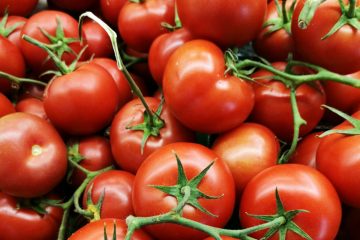- March 12, 2024
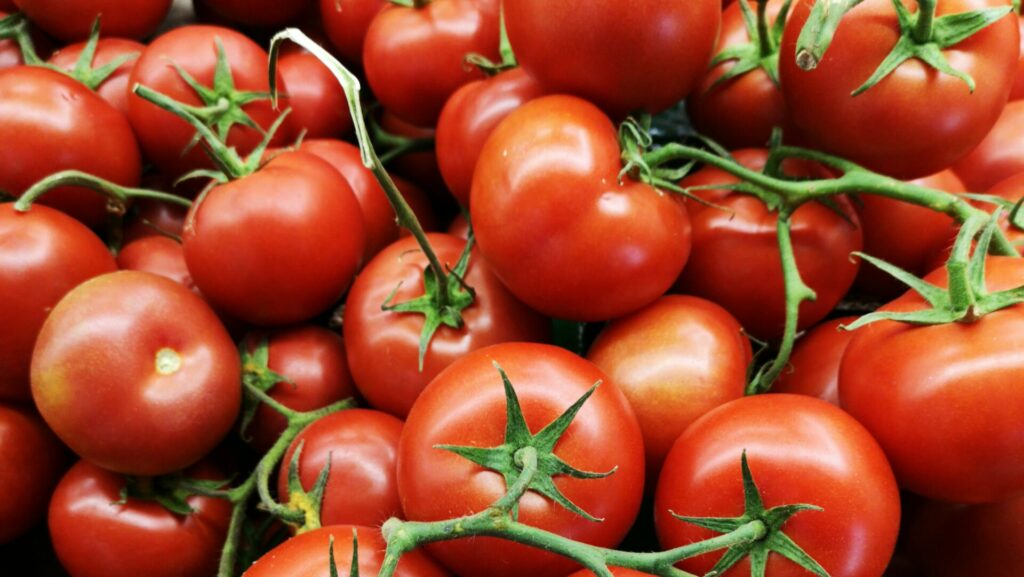
Companion planting for tomato is an experience-based observation developed over centuries. People have noticed that planting certain plants side by side has a positive effect on each other, increasing the quality and quantity of the harvest. Companion planting is not set in stone and it is the least you can do for your plants. You can get the right care from the individual plant article. You can see the companion and the enemy plants of tomato below.
| Companion plants for tomato | Enemy plants of tomato |
|---|---|
| Basil | Cabbage |
| Dill | Broccoli |
| Carrot | Cauliflower |
| Cucumber | Turnip |
| Marigold | Bok Choy |
| Squash | Arugula |
| Onion | |
| Lavender | |
| Asparagus | |
| Parsley | |
| Pepper | |
| Celery |
Why does companion planting work?
Companion planting works due to several interconnected factors:
Pest Control: Certain plants emit natural chemicals or scents that repel pests, effectively acting as natural pest deterrents for nearby plants. This reduces the need for chemical pesticides and fosters a more balanced ecosystem.
Attracting Beneficial Insects: Some companion plants attract beneficial insects like ladybugs, hoverflies, and predatory wasps, which feed on common garden pests. This creates a natural form of pest control and helps maintain ecological balance.
Soil Improvement: Different plants have varying root structures and nutrient requirements. Companion planting can enhance soil health by reducing soil erosion, suppressing weeds, and improving nutrient uptake. For example, leguminous plants fix nitrogen in the soil, benefiting neighboring plants that require nitrogen for growth.
Competition Reduction: Companion planting can help reduce competition for resources such as water, sunlight, and nutrients by utilizing plants with complementary growth patterns and root structures. This allows for more efficient resource utilization and healthier plant growth.
Biodiversity and Resilience: Planting diverse species together increases biodiversity in the garden, which can enhance ecosystem resilience. A diverse ecosystem is better equipped to withstand pests, diseases, and environmental stresses compared to monocultures.
Maximizing Space: Companion planting allows gardeners to make the most of limited space by intercropping plants with different growth habits and maturity rates. This maximizes yield per square foot and promotes efficient land use.
Overall, companion planting capitalizes on the natural synergies between plant species, creating a thriving and sustainable garden ecosystem.
What are the companion plants of tomato?
The following plants have positive effects on the growth of your tomato. These plants can repel pests that damage your plants. These plants provide increased nutrition to the soil that your plants can use. Therefore, we recommend planting these plants next to your tomato.
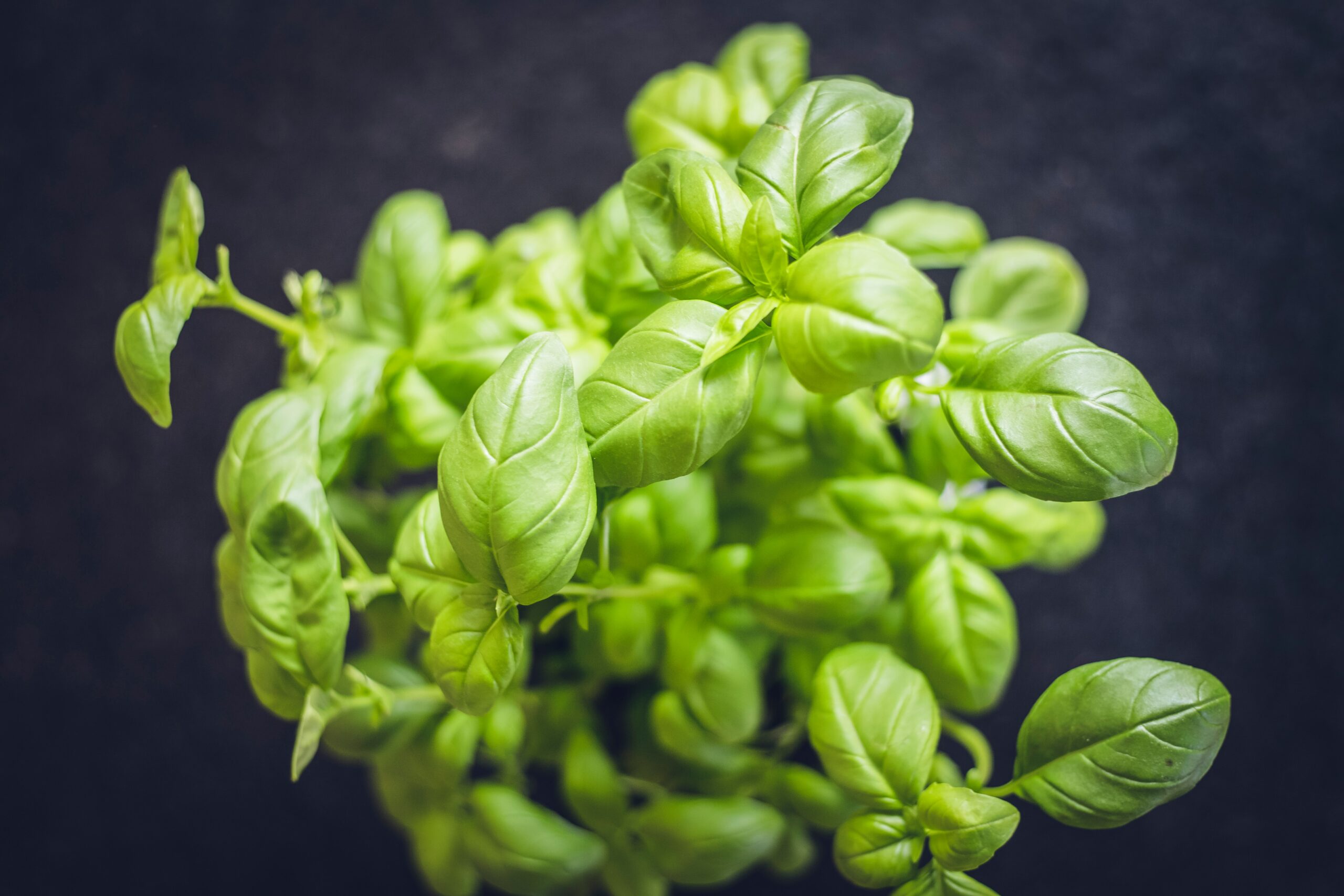
Basil
Basil, with its aromatic leaves and culinary versatility, transcends its role as a mere herb, emerging as a cornerstone of companion gardening practices. Beyond its culinary appeal, basil offers a multitude of benefits to the garden ecosystem, serving as a beacon of fragrance and functionality in both kitchen and cultivation.
Basil is a fantastic companion plant for tomatoes thanks to its powerful scent. The aromatic oils it contains act as a natural repellent for flies, mosquitoes, tomato hornworms, aphids, and whiteflies. This significantly reduces pest pressure on your tomato plants, protecting them from damage and potential disease transmission.
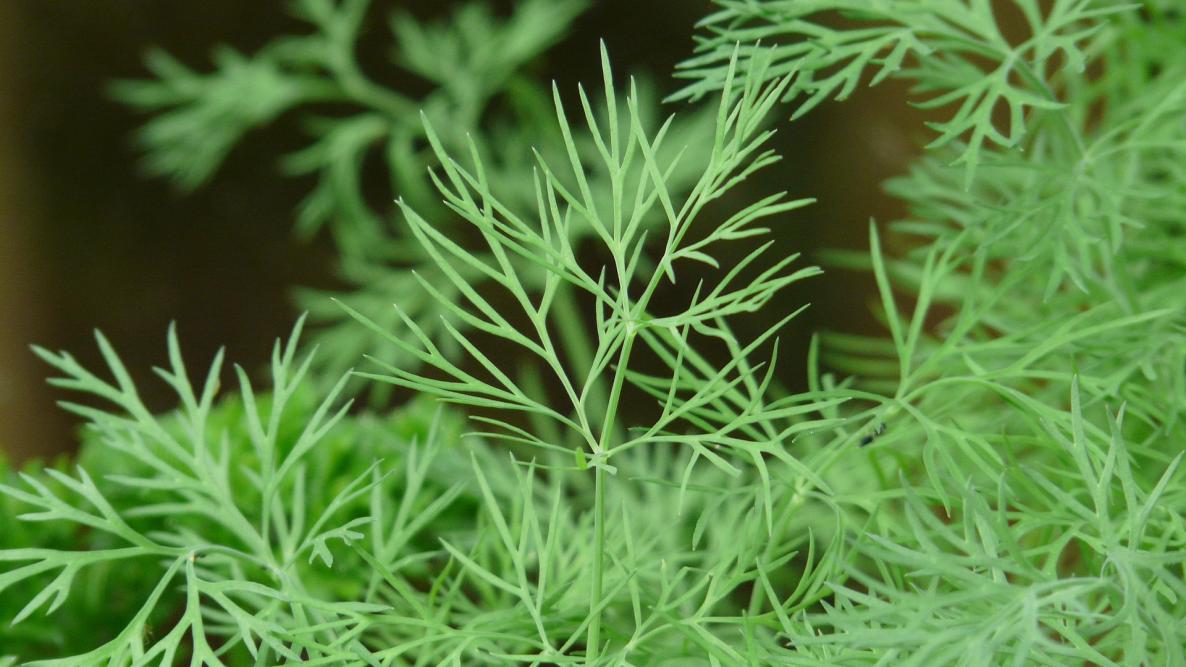
Dill
Dill thrives in various soil types. Flourishing in well-drained, nutrient-rich soil under the gentle caress of sunlight, it embodies adaptability and elegance. Consistent moisture and occasional pruning support lush growth and abundant foliage. Dill offers general benefits to neighboring plants by attracting beneficial insects and enhancing overall garden biodiversity.
Dill plants offer several benefits. They naturally repel aphids, spider mites, and squash bugs, protecting your tomato plants from these common pests. Dill also attracts beneficial predatory insects that feast on tomato hornworms, helping to control these damaging caterpillars. Some gardeners believe that young dill can even improve the overall health and growth of tomato plants.
If you want to use dill as a companion plant, it’s best to plant it near your tomatoes while it’s still young. Once the dill starts to flower and set seed, consider harvesting it for culinary use or relocating it to another area of your garden to avoid any negative impacts on your tomatoes.

Carrot
Carrots thrives in well-drained, loose soil enriched with organic matter. Adequate moisture and sunlight support robust root growth and vibrant foliage. Carrots offer general benefits to neighboring plants by improving soil structure with their deep taproots, enhancing soil aeration, and creating pathways for water and nutrients to reach other plant roots.
Carrots have deep taproots that naturally break up compacted soil as they grow. This improves soil structure, enhancing aeration and drainage around your tomato plants’ roots. Better soil conditions allow essential nutrients, water, and oxygen to reach the tomato roots more easily, promoting healthier plants.
Tomatoes are heavy feeders, while carrots primarily focus on root development. This means they don’t compete heavily for the same resources in the soil, making them efficient companions.
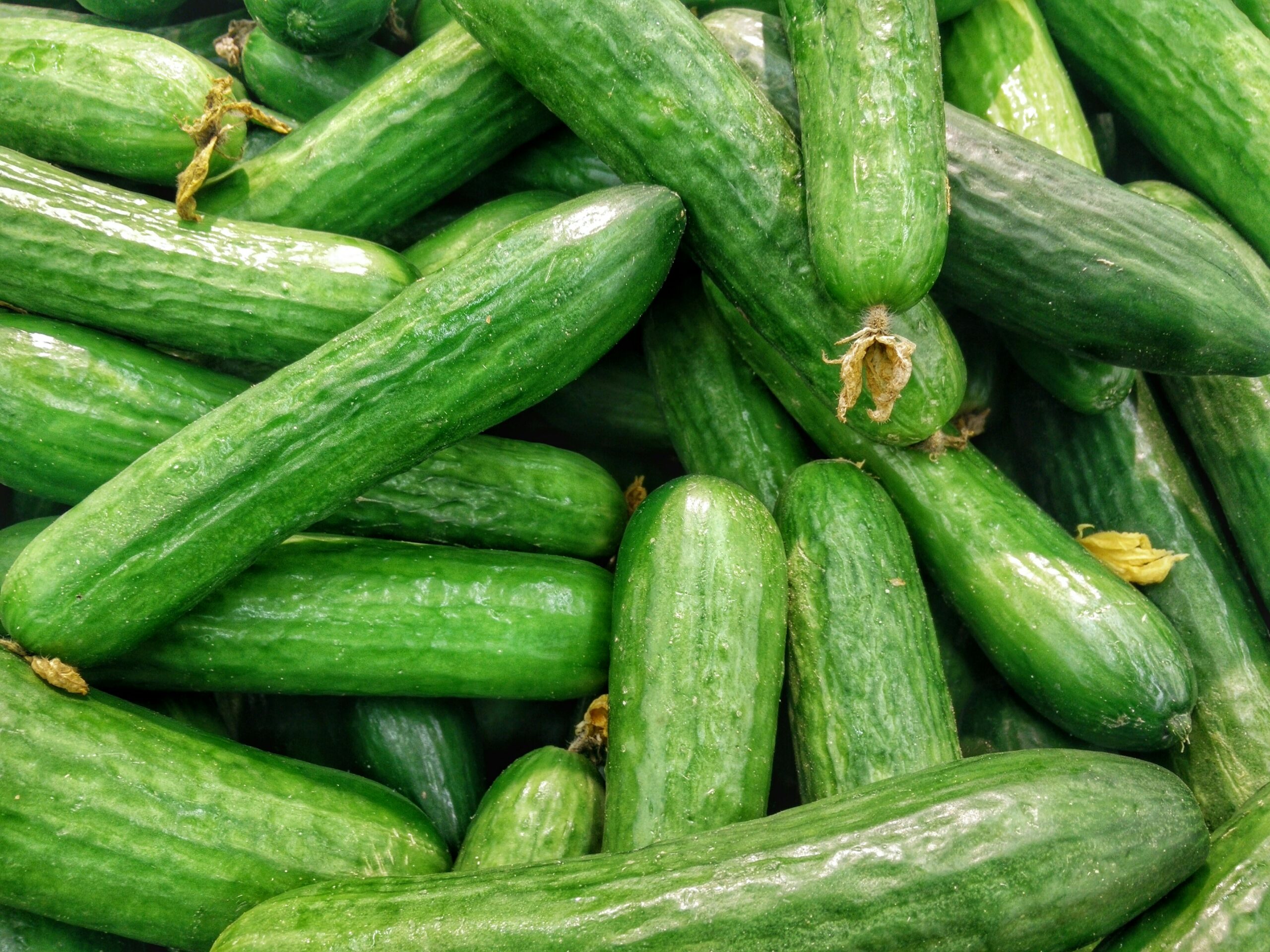
Cucumber
Cucumbers thrive in diverse soil conditions. Flourishing in well-drained, loamy soil enriched with compost, they embody adaptability and freshness. Consistent moisture and sunlight support vigorous vine growth and abundant fruiting. Cucumbers extend general benefits to neighboring plants by shading the soil, conserving moisture, and attracting beneficial insects.
If you choose to plant cucumbers with your tomatoes, it’s crucial to provide ample spacing to minimize competition for water and nutrients. Regular monitoring for signs of disease on both your cucumbers and tomatoes is also important. To maximize space and reduce disease risk, consider training your cucumbers to grow vertically on a trellis.

Marigold
Marigold flourishes in well-drained, loamy soil with a pH range between 6.0 and 7.0. Full sunlight and consistent moisture nurture its colorful flowers and aromatic foliage. Marigold provides invaluable benefits to neighboring plants by repelling pests, attracting pollinators like bees and butterflies, and enhancing overall garden biodiversity.
Marigolds, especially French marigolds, produce a strong scent that deters a wide range of pests that love to bother tomatoes. This includes aphids, whiteflies, tomato hornworms, and even some species of beetles.
Marigolds are particularly effective against root-knot nematodes, a microscopic pest that can severely damage tomato roots. Their roots release a substance into the soil that acts as a natural nematode repellent, creating a healthier soil environment for your tomatoes.
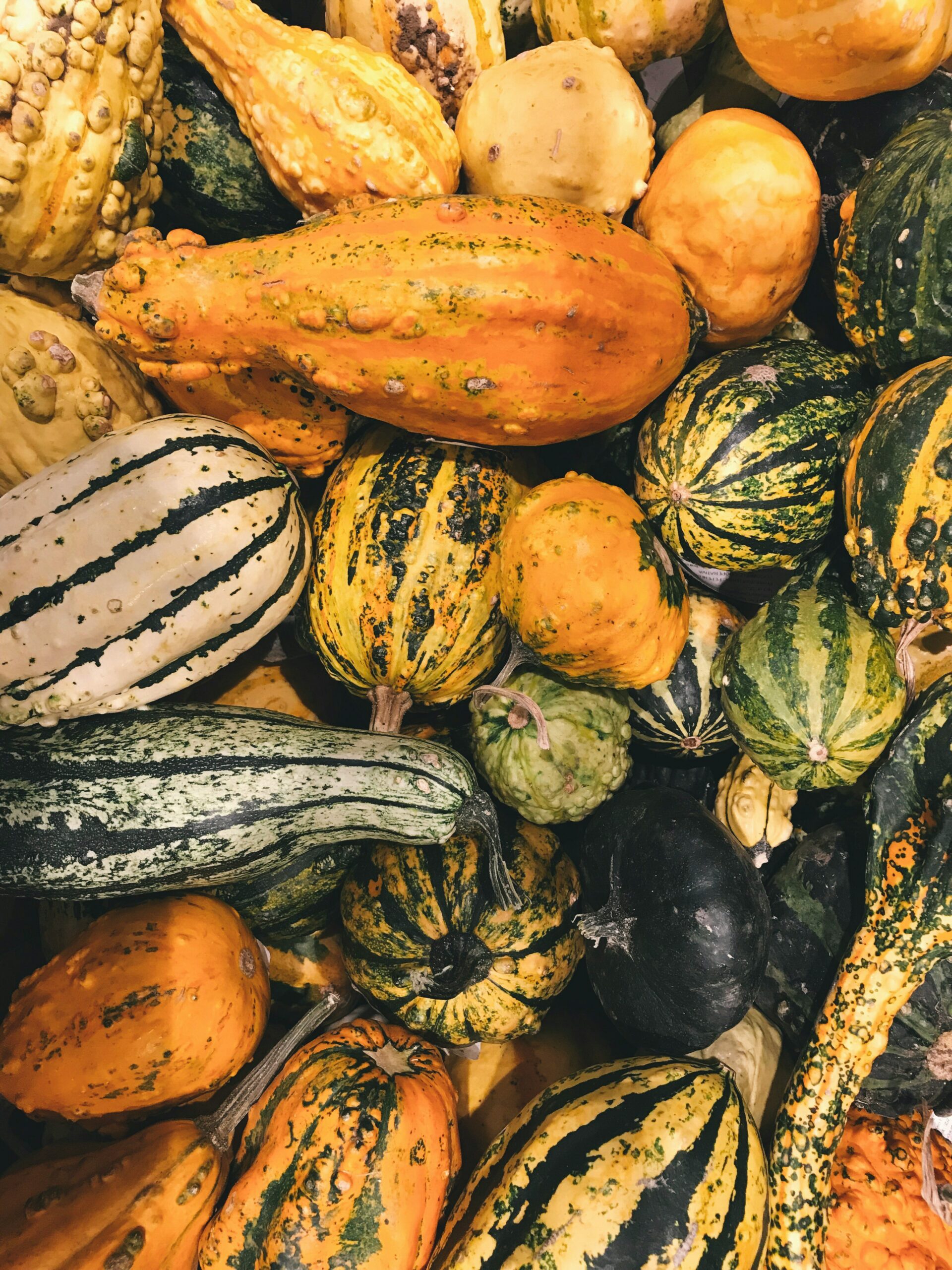
Squash
Squash thrives in well-drained, nutrient-rich soil with a pH range between 6.0 and 7.5. Full sunlight and ample space nurture its sprawling vines and prolific fruiting. Squash provides invaluable benefits to neighboring plants by shading the soil, conserving moisture, and suppressing weed growth with its broad leaves. Belonging to the Cucurbitaceae family, alongside esteemed companions like pumpkins and cucumbers.

Onion
Onions thrive in various soil conditions. Flourishing in well-drained, fertile soil—preferably loamy or sandy—with a pH range between 6.0 and 7.0. Partial sunlight and consistent moisture nurture their hearty foliage and bulb formation. Onions provide invaluable benefits to neighboring plants by deterring pests with their strong aroma and improving soil structure with their fibrous roots.
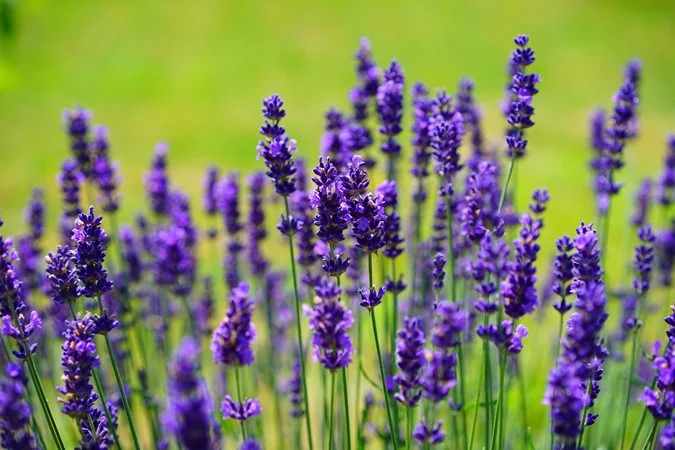
Lavender
Lavender thrives in various soil conditions. Flourishing in well-drained, alkaline soil with a pH range between 6.5 and 7.5. Full sunlight and good air circulation nurture its delicate flowers and aromatic foliage. Lavender provides invaluable benefits to neighboring plants by repelling pests, attracting pollinators like bees and butterflies, and promoting relaxation and tranquility in the garden environment. Belonging to the Lamiaceae family, alongside esteemed companions like rosemary and mint, lavender symbolizes the natural elegance and serene beauty found within the garden's sanctuary.
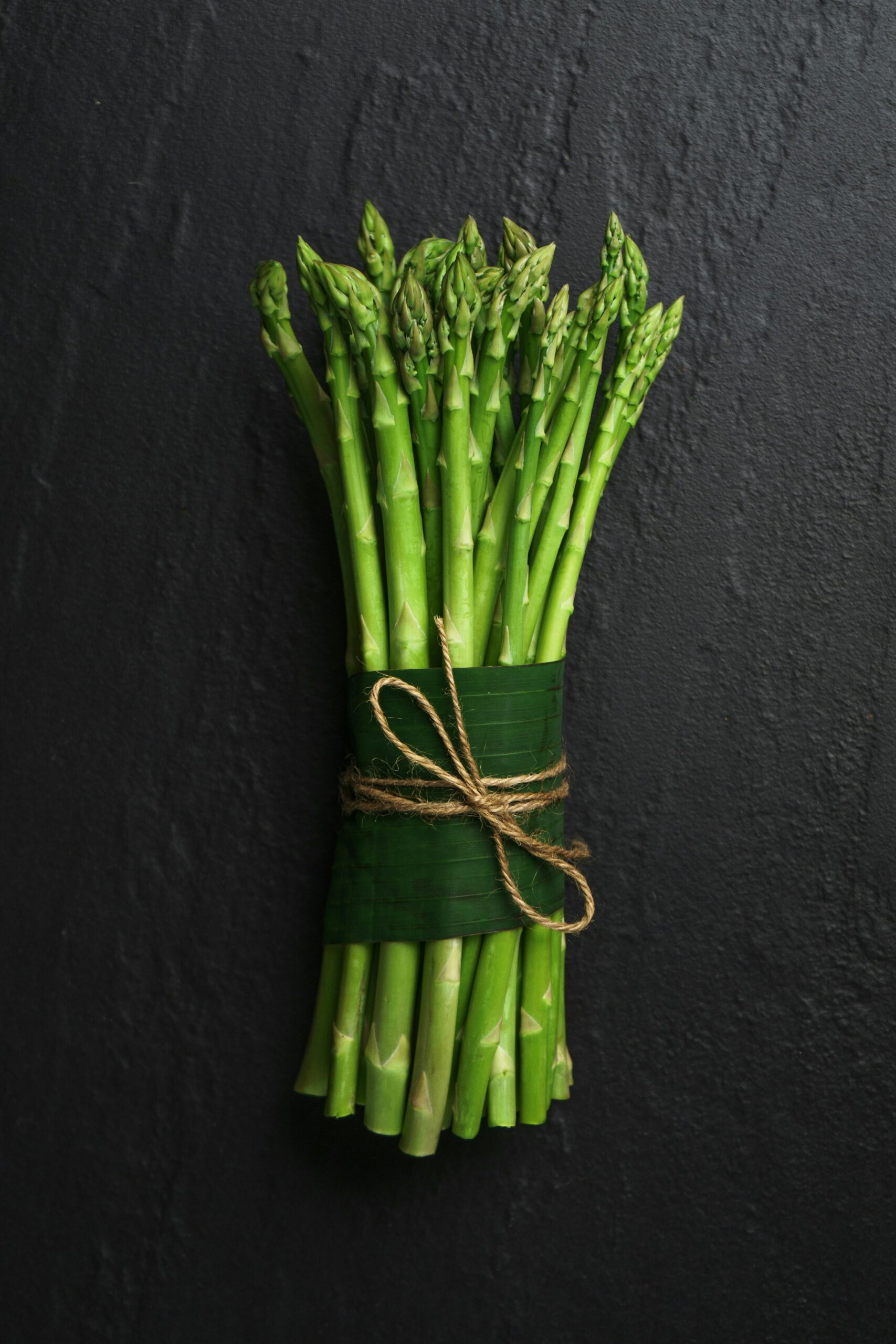
Asparagus
Asparagus, revered for its tender spears and nutritional prowess, stands as a stalwart sentinel in the realm of companion gardening. With a penchant for well-drained, sandy soil and ample sunlight, this perennial delight thrives in environments where winters are cold and summers are warm. As a symbol of grace and gastronomy, asparagus enriches both the palate and the garden landscape, embodying the essence of verdant vitality.
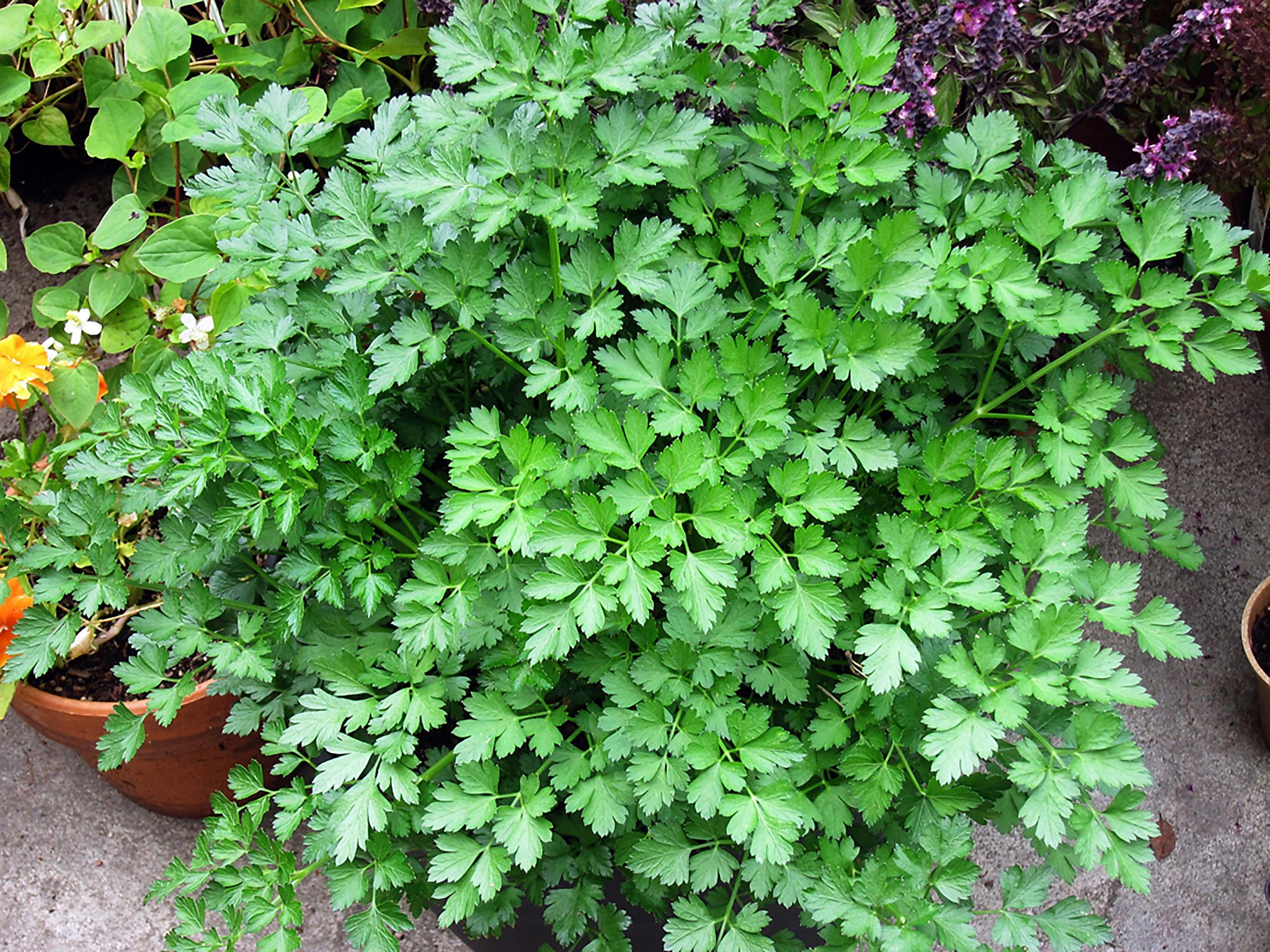
Parsley
Parsley, known for its verdant leaves and garden vitality, grows in various soil conditions. Flourishing in well-drained, nutrient-rich soil with a pH range between 6.0 and 7.0. Partial shade and consistent moisture nurture its lush foliage and robust growth. Parsley provides invaluable benefits to neighboring plants by attracting beneficial insects, repelling pests, and adding freshness to culinary dishes.
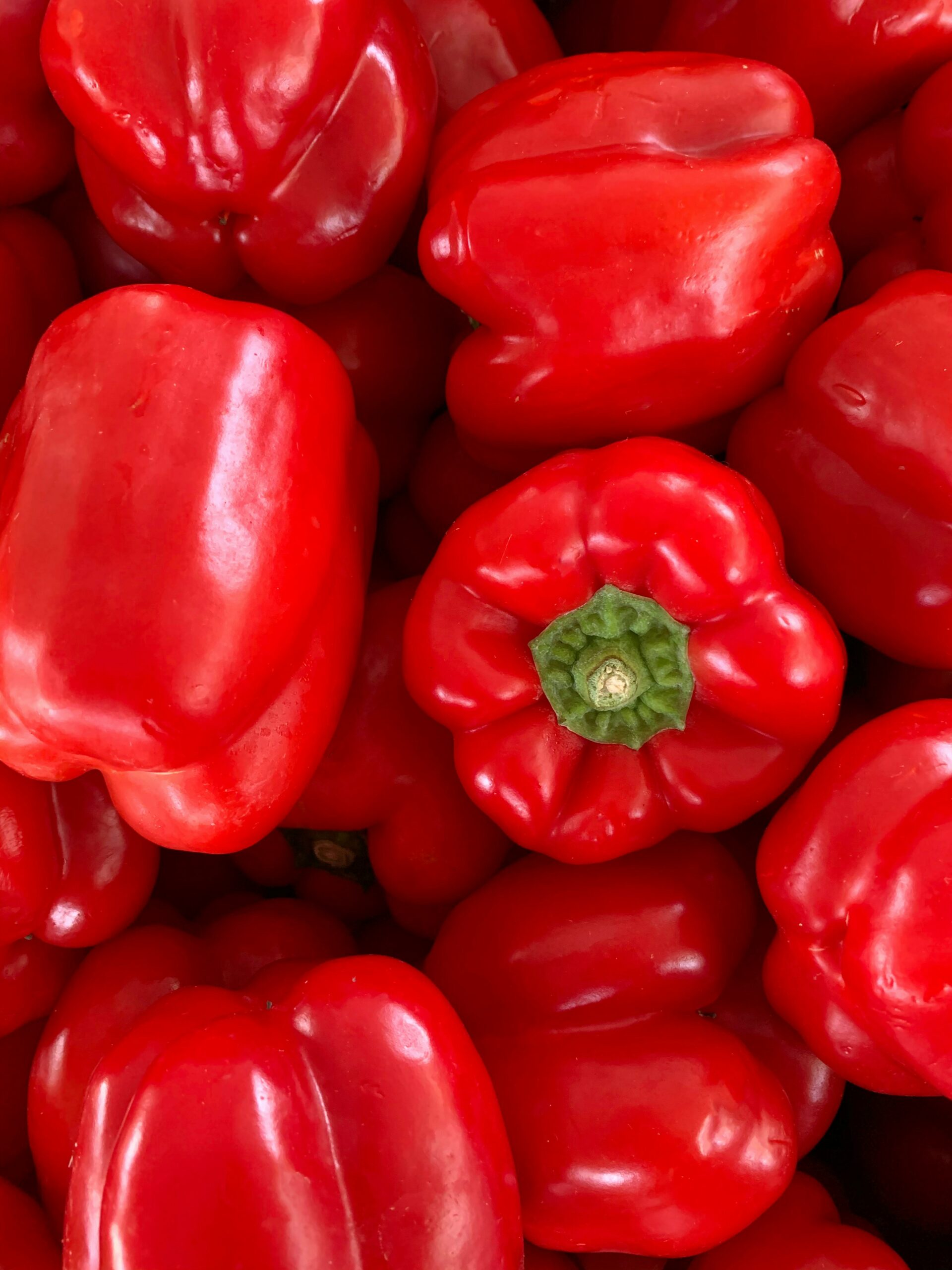
Pepper
Peppers expand in diverse soil conditions. Flourishing in well-drained, loamy soil with a pH range between 6.0 and 7.0. Full sunlight and consistent moisture nurture their vibrant foliage and prolific fruiting. Peppers provide invaluable benefits to neighboring plants by deterring pests with their pungent compounds, attracting pollinators, and adding diversity to the garden landscape.
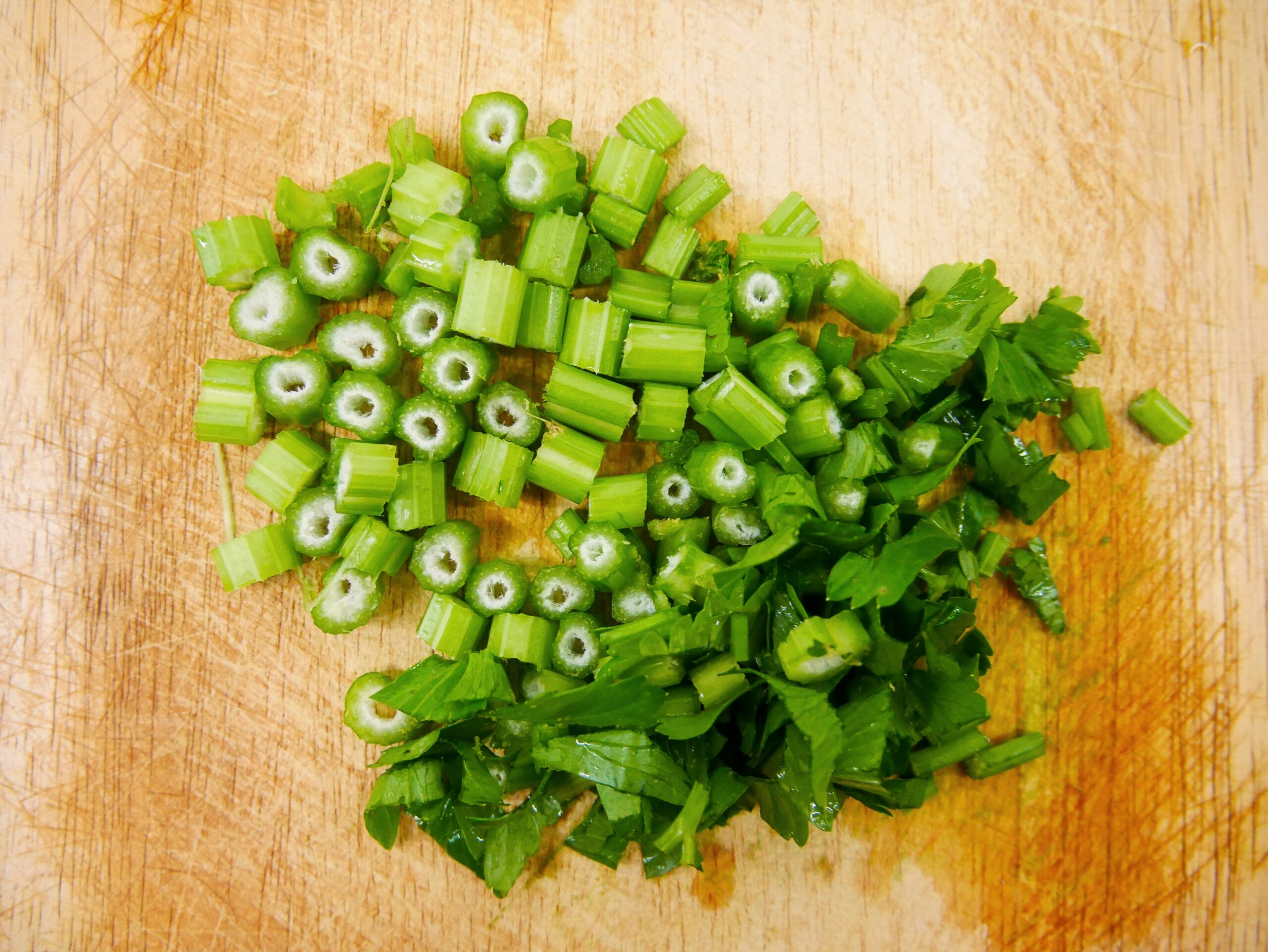
Celery
Celery flourishes in well-drained, nutrient-rich soil infused with organic matter. Consistent moisture and sunlight support robust growth and vibrant foliage. Celery contributes to the overall health of neighboring plants by improving soil structure, enhancing water retention, and fostering beneficial microbial activity. Belonging to the Apiaceae family, alongside esteemed companions like parsley and carrots, celery symbolizes the natural vitality and elegance found within the garden's embrace.
What should you not plant next to tomato?
Planting these plants next to tomato have huge negative effects on the development of your plant. Growing enemy plants can appeal detrimental insects, change the taste of the grown plant and even consuming all of the nutrients and water from your tomato. Because of these negative effects, we don’t recomment growing the plants below next to your tomato.
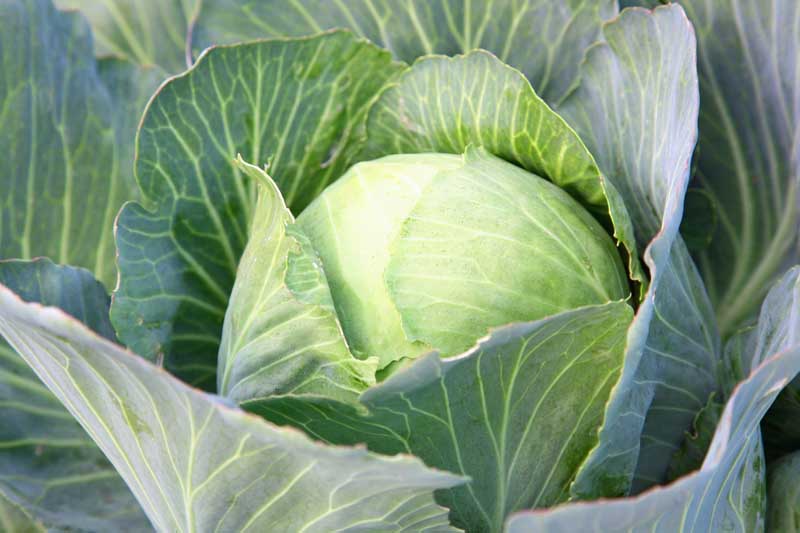
Cabbage
Cabbage thrives in various soil conditions. Flourishing in well-drained soil enriched with compost, it adapts to pH levels ranging from slightly acidic to neutral. Adequate moisture and sunlight foster robust growth and ample foliage. Belonging to the Brassicaceae family, alongside esteemed companions like kale and Brussels sprouts, cabbage epitomizes the culinary versatility and natural elegance found within the garden's domain.
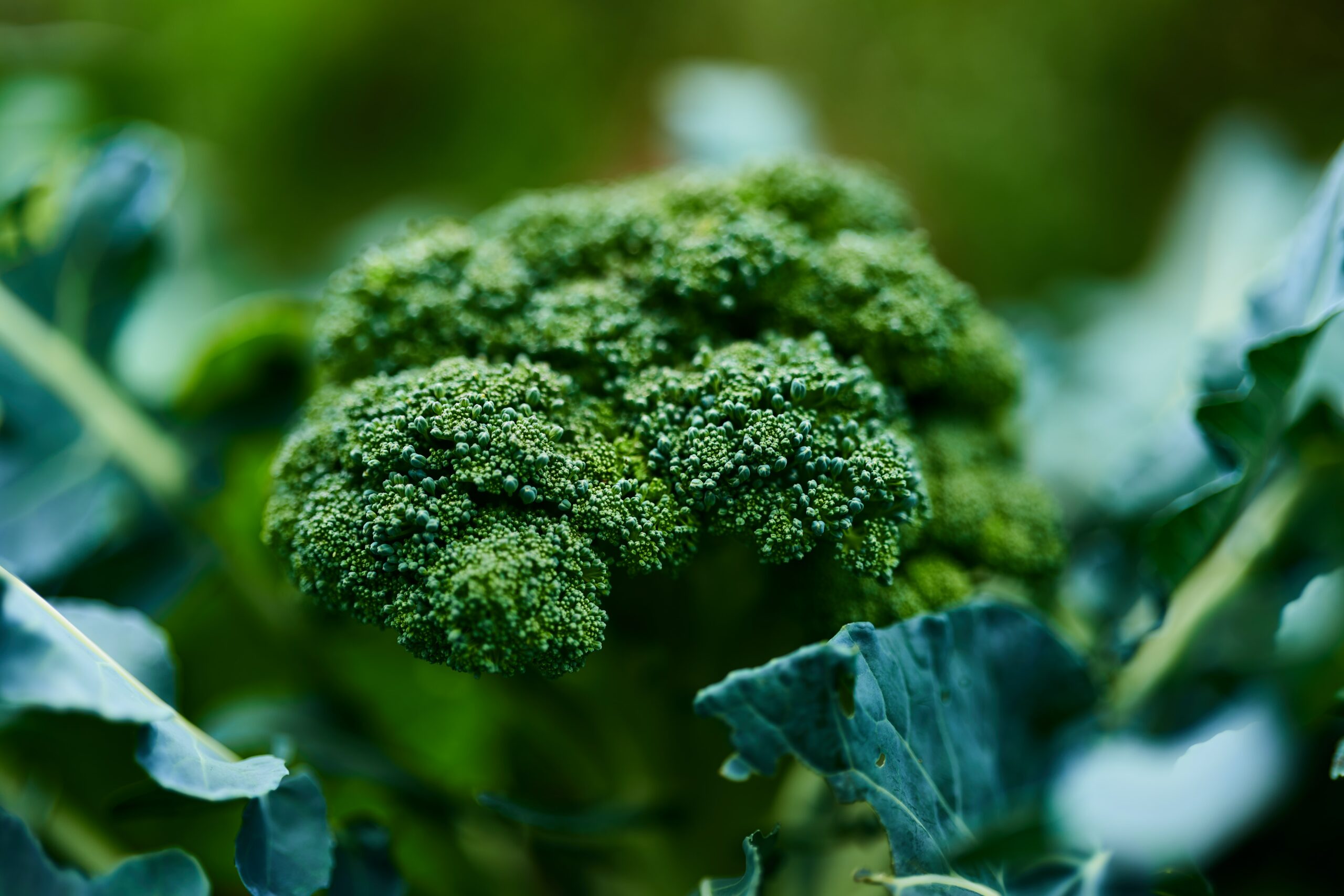
Broccoli
Broccoli flourishes in diverse growing conditions. Thriving in well-drained soil enriched with organic matter, it adapts to pH levels ranging from slightly acidic to neutral. Adequate moisture and sunlight support vigorous growth and abundant yields. Belonging to the Brassicaceae family, alongside esteemed companions like kale and cabbage, broccoli embodies the natural abundance and beauty found within the garden's embrace.
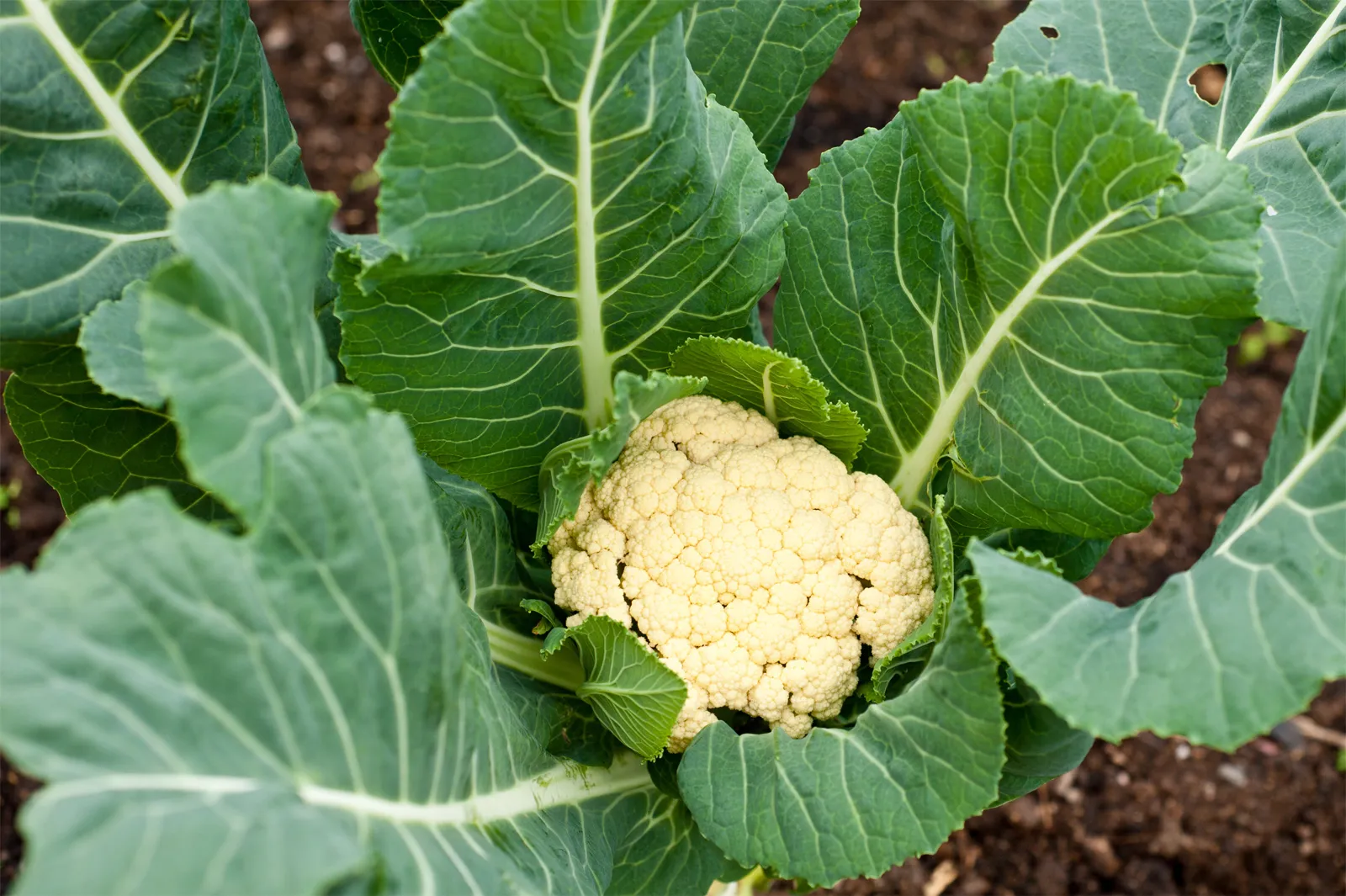
Cauliflower
Cauliflower thrives in various soil conditions. Flourishing in well-drained, fertile soil enriched with organic matter. Adequate moisture and sunlight support vigorous growth and abundant curds. Cauliflower extends benefits to neighboring plants by enhancing soil health, promoting microbial activity, and optimizing nutrient availability. Belonging to the Brassicaceae family, alongside esteemed companions like broccoli and Brussels sprouts, cauliflower epitomizes the lush abundance and natural charm found within the garden's bounty.
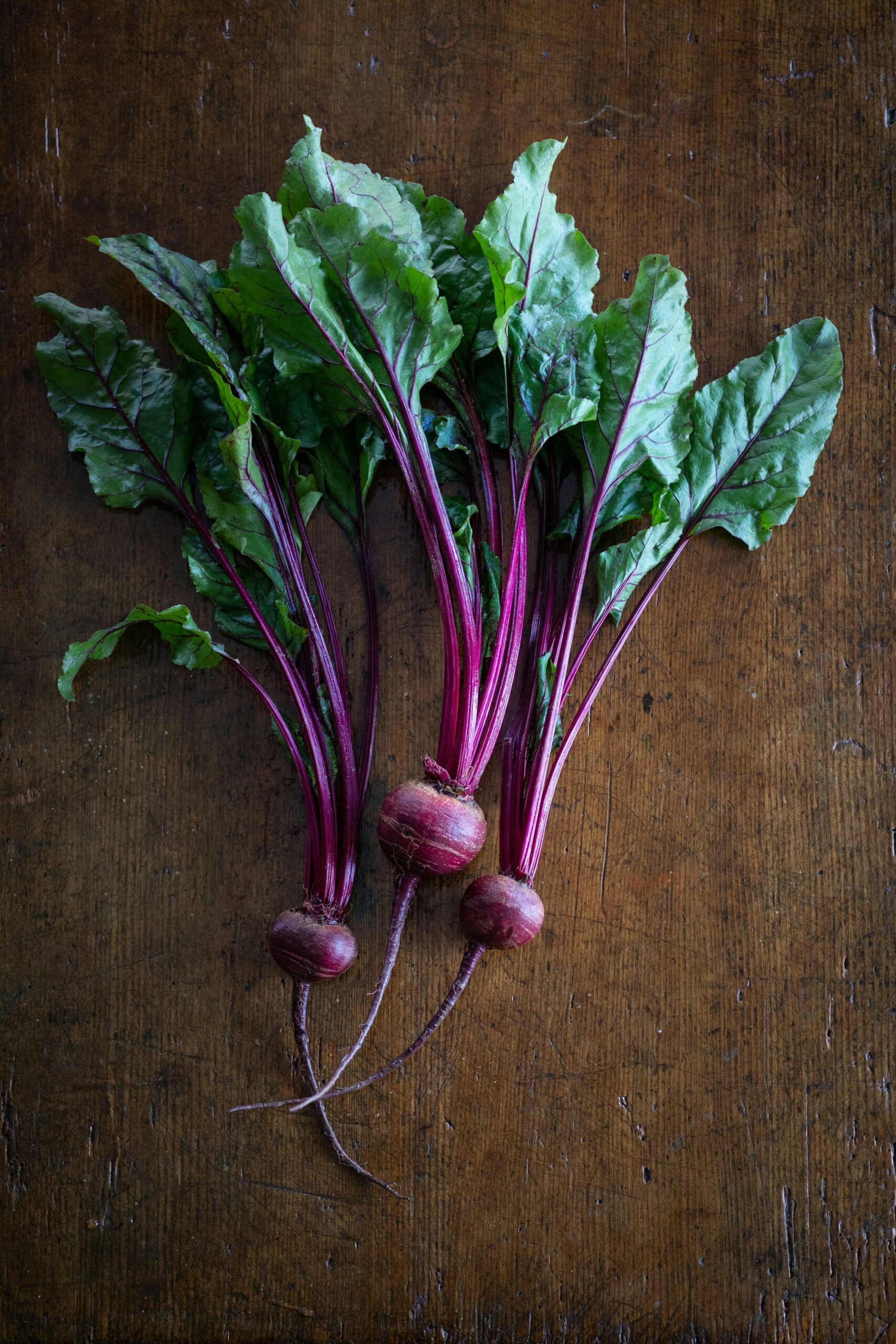
Turnip
Turnips, known for their nutritious roots and garden resilience, grow in loamy soil with a pH range between 6.0 and 7.5. Full sunlight and consistent moisture nurture their robust foliage and prolific root development. Turnips provide invaluable benefits to neighboring plants by improving soil structure, suppressing weed growth, and enriching the soil with nutrients.
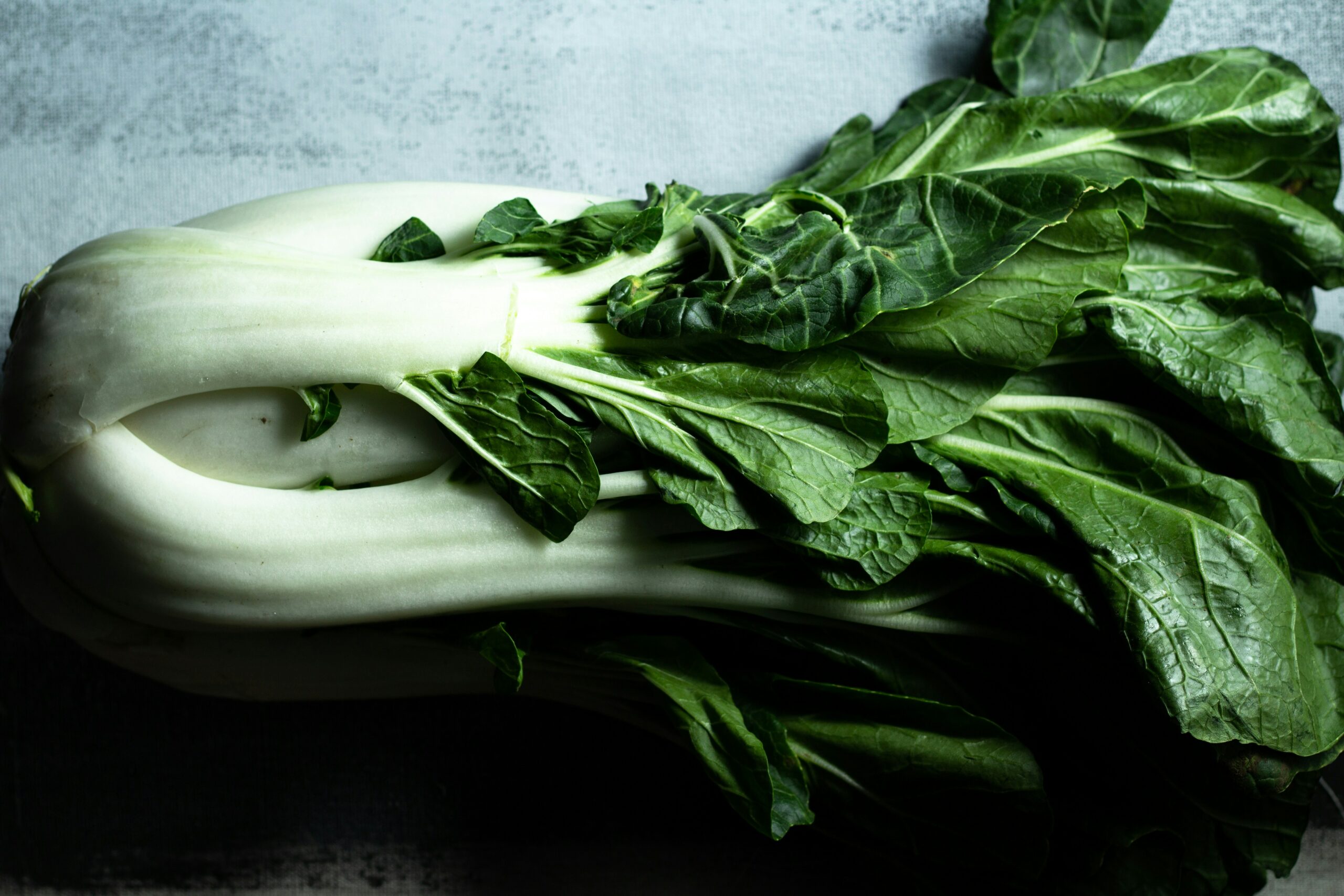
Bok Choy
Bok choy flourishes in diverse soil conditions, favoring well-drained, fertile soil with a pH range between 6.0 and 7.5. It thrives in partial shade and moderate moisture, displaying lush green leaves and crisp stems. Bok choy enriches the soil, attracts beneficial insects.
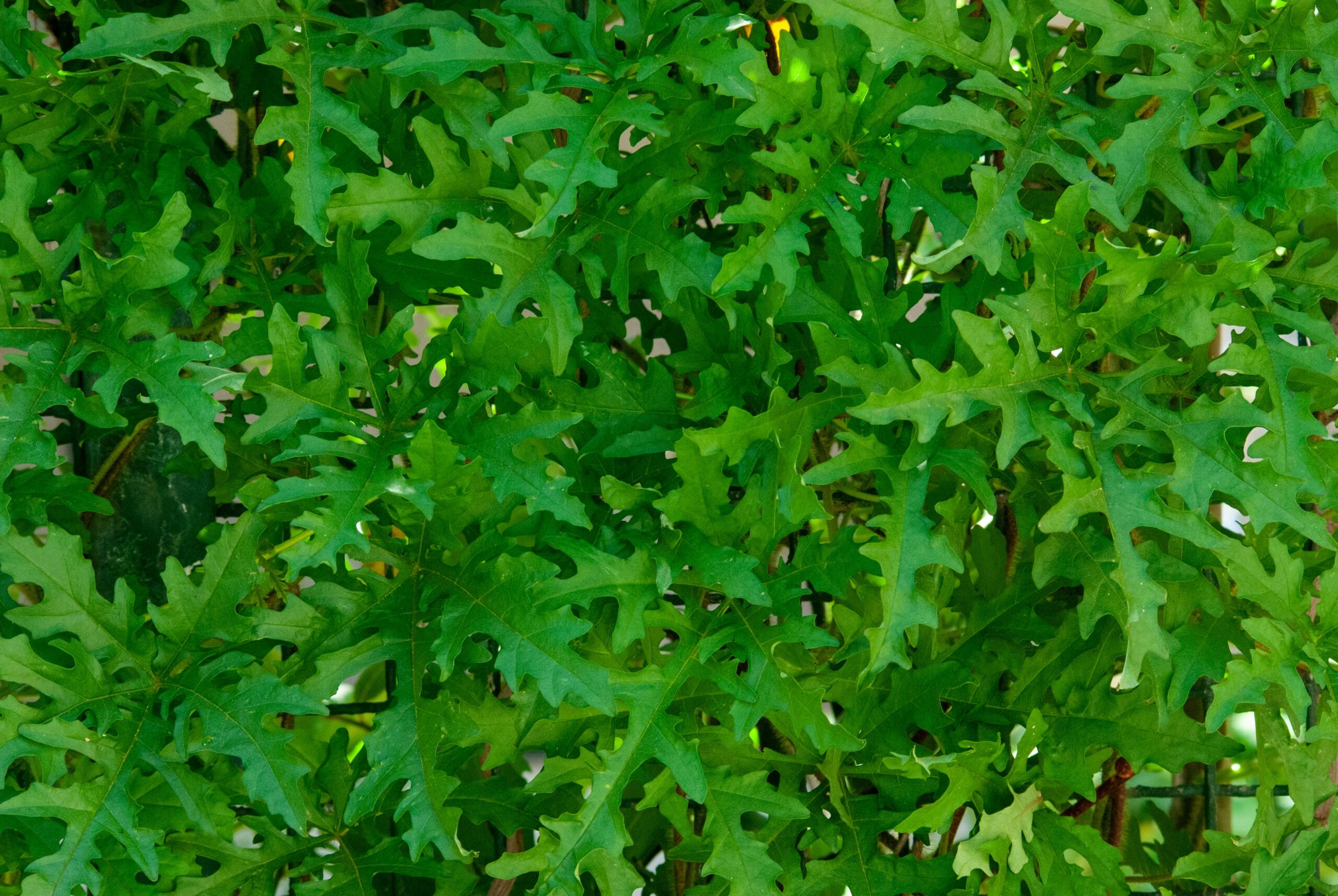
Arugula
Arugula, known for its bold peppery flavor and delicate leaves, unveils a hidden dimension as a key player in companion gardening. Thriving in well-drained, fertile soil with a pH range of 6 to 6.8, arugula exhibits a preference for cool weather, making it ideal for early spring and fall plantings. Rich in nitrogen, phosphorus, and potassium, this resilient green thrives with moderate watering and benefits from occasional fertilization, enriching both garden palates and landscapes.
